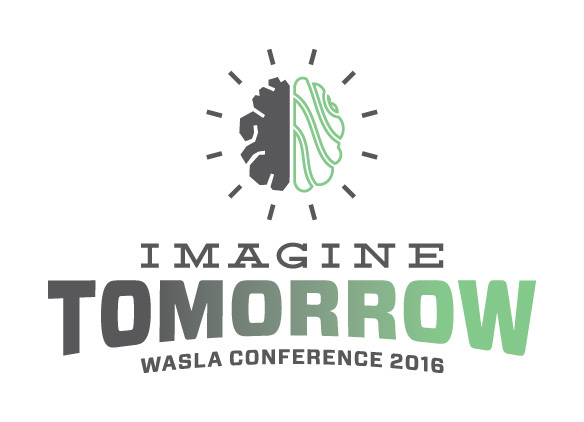|
|
 |
Steve Austin, JD, ASLA
Steve Austin teaches landscape architecture, design theory, urban planning, and construction law at Washington State University. Steve’s professional experience spans over 25 years as an award-winning land planner and designer, town and regional planner, land use attorney, community organizer and teacher. Steve owns a design and planning consulting business, and has led a planning commission in one of the fastest growing communities in the USA, been CEO of a regional planning organization in a 700,000 population metropolitan area, and helmed community-focused non-profits. Steve is committed to utilizing landscape architecture to increase environmental and community resilience as well as social justice.
 |
David Rubin, ASLA, FAAR / Principal
David A. Rubin is the founding principal of LAND COLLECTIVE, a landscape architecture and urban design studio committed to practicing with an emphasis on socially-purposeful design strategies. Educated at Connecticut College and Harvard University, he has taught and lectured at a number of institutions, including Harvard University’s Graduate School of Design, University of Pennsylvania School of Design, and Southern California Institute of Architecture. David is the 2011-12 recipient of the Rome Prize in Landscape Architecture from the American Academy in Rome. His projects have received awards and honors from the American Institute of Architects and the American Society of Landscape Architects, among others.
David founded LAND COLLECTIVE after twenty-one years in practice to devote himself to crafting landscapes which affect positive social change through empathy-driven design. His current commissions include the new plaza and streetscape afront the New York Stock Exchange in New York City, a 10.5-acre public park in Westfield, Indiana, and the University of Pennsylvania’s new South Bank Innovation Campus in Philadelphia, Pennsylvania. His key built works include: the creation of a new campus and commons for Eskenazi Health Services Hospital, Indianapolis; the landscape at the California Memorial Stadium at the University of California in Berkeley, CA; the 3-star Sustainable Sites certified Canal Park in Washington, D.C.; and the establishment of Lenfest Plaza at the historic Pennsylvania Academy of the Fine Arts in Philadelphia, PA. His studio’s work includes a diversity of typologies, in locations as diverse as California, Rome, New York City, Washington, D.C., the Cayman Islands, Indianapolis, Saint Louis, and Philadelphia.


